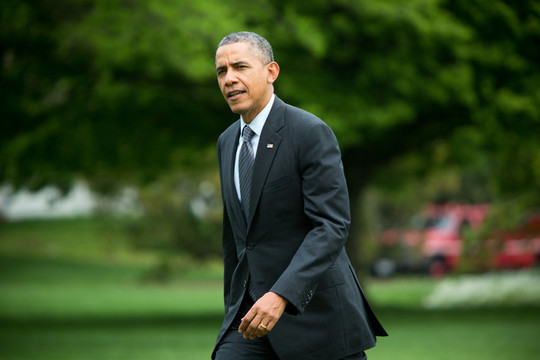“What he’s done in terms of protection has been good, but what he does next is how we measure whether his legacy is great or not,” said Sharon Buccino of the Natural Resources Defense Council.
Proponents of the various monument proposals know that the next administration will have other immediate priorities. Some presidents, including Richard Nixon, Ronald Reagan and George H.W. Bush, never exercised their powers to designate national monuments through the 1906 Antiquities Act. The proponents recognize the window of opportunity could be closing for several years.
They’re also aware that Obama’s immediate predecessors, Presidents Bill Clinton and George W. Bush, waited almost exclusively until their final months in office to designate national monuments, so there is a chance Obama will become even more active.
That’s disconcerting for many members in Congress, particularly Republicans, who say the Antiquities Act wasn’t designed to bolster a president’s legacy.
“Presidents are starting to abuse this authority as they leave the office. If they actually tried to do this on the first day so that Congress had some ability to respond to it, and the people did, I’d be more comfortable about what their motives are,” said GOP Rep. Rob Bishop of Utah, chairman of the House Natural Resources Committee.
Christy Goldfuss, managing director of the White House Council on Environmental Quality, won’t discuss specific national monument possibilities, but said Obama “certainly feels we have more to do to protect this planet from climate change, so we’ll see how this plays out.”
Bishop said lawmakers would work with the administration on additional protections for some public lands, but environmental groups and others are less willing to compromise knowing they can go to the president to get a national monument designation.
“It actually impedes the ability of bringing everyone together knowing the president has this power to create a monument whenever he wants to,” Bishop said.
Goldfuss said the administration works to get extensive local feedback before making any monument determination. She and others such as Interior Secretary Sally Jewell and Agriculture Secretary Tom Vilsack feed the president information, but in the end, it’s his decision.
“It is all about taking the long view here and recognizing there are things of importance to future generations, and the president is in a good spot to make that determination,” Goldfuss said.
Bishop’s state is home to perhaps the most talked about effort, the proposed Bears Ears National Monument.
Utah’s Republican-dominated Legislature overwhelming voted for a resolution opposing the monument. Republican Gov. Gary Herbert said a monument designation would bring more visitors but not necessarily more resources, leading to an increase in vandalism and environmental degradation.
Bishop wants instead additional protections for about 1.4 million acres of the Bears Ears area and opening up other lands for gas and oil exploration and recreation.
Matt Keller, the national monuments campaign director for the Wilderness Society, said he believes the prospects for a monument designation in Bears Ears are promising. Jewell’s fact-finding trip to the region last month shows the administration is serious about protecting the thousands of artifacts and rock carvings documenting how Native Americans lived through the centuries.
“A big priority for them is protecting lands that are inclusive of diverse populations and tell the story of the American people a little more broadly,” Keller said.
